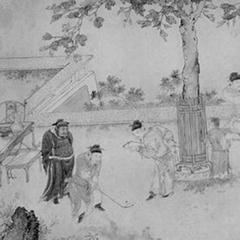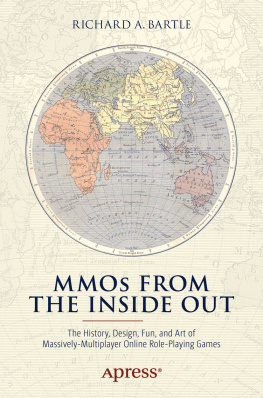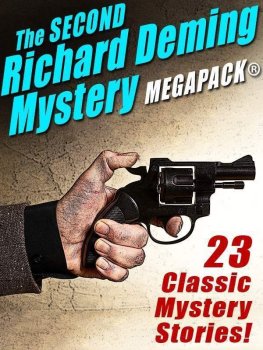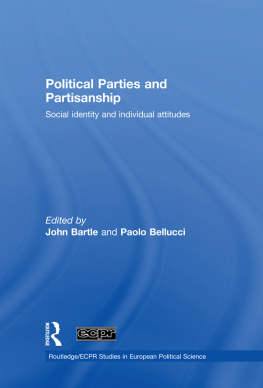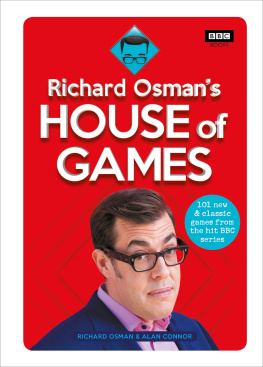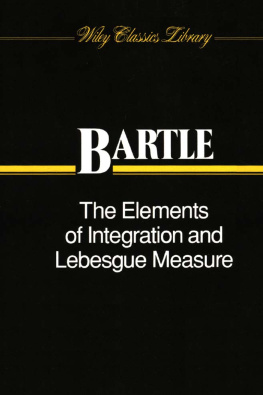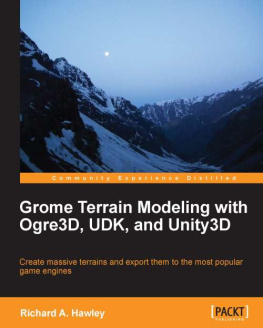CompSoc
In the late 1970s, students at Essex University wishing to use its DECsystem-10 mainframe for academic work were allocated a project-programmer number (PPN). Mine was [4011,4243]. This came with a fixed set of resources that allowed roughly two hours at a terminal each week.
If you wanted to do non-academic work on the computer, that meant joining the Computer Society. Actually, its name might have been the Computing Society; we just called it CompSoc the whole time.
CompSoc made resources available for non-academic use; indeed, if you used your CompSoc PPN for assignments, you would lose it and get zero marks for those assignments. It was solely for play: it could only be used in the evenings and on weekends, when the mainframe wasnt running to full capacity and so would otherwise have stood partly idle.
Programmers today might have a hard time imagining what this meant for coding. When you have only limited face time on the computer, you have to maximize it. We used to print off listings of our programs and write on them all the changes we were going to make. Because printing also cost resources, sometimes wed write on printouts that already had writing on them from earlier alterations. Wed make the changes using a text editor, either logged in (which ate up precious time) or via a punched-card batch job that would be run when there was next free capacity. Wed test our programs the same way. As a result, all programmers from that era have a great appreciation for planning out their code, which is not the rather gung-ho, experimental approach that many modern programmers seem to think we had.
Most of the better programmers at Essex University joined CompSoc. I myself signed up because I enjoyed getting computers to do things: Id learned BASIC at school using a 110-baud modem connected to a computer run by BP as part of a public relations exercise (BP had a chemical works in the area). So it was that once I was at Essex University, I wouldthrough CompSocinevitably come to meet other students who were interested in programming for fun.
The Chairman of CompSoc was a second-year student named Nigel Roberts. The secretary was his best friend, Roy Trubshaw.
Dr. Toddystone
In my early teens, back in the days when children had spare time, I invented role-playing games.
Theyd already been invented by other people, of courseIm not suggesting I got the jump on Gygax and Arnesonbut the point is that I didnt know about them at the time. It wouldnt have surprised me to learn of their existence, thoughI didnt think I was doing anything unusual. As far as I was concerned, I was simply using games to tell myself stories.
I had three major (what wed nowadays call) role-playing campaigns, of which the purest in terms of role-playing (because I didnt have to pretend to be multiple characters) was called Dr. Toddystone . I was maybe about 12 or 13 when I first played it, hence the embarrassing name; however, in my defense, I wasnt expecting to tell anyone else about it, except my brother (with whom I discussed game ideas), because it was written for one person and one person only: me.
So, Ill explain how Dr. Toddystone worked.
Back in the early 1970s, ISO 216 for paper sizes hadnt officially been adopted in the UK (it had been introduced in 1959, but hadnt yet achieved critical mass), so I used to make my games using sheets from pads of writing paper that I bought at the local newsagents. These measured something like 4 inches by 6 inches and there were anything between 80 and 140 in a pad, depending on how much profit the manufacturers wanted to make. The pads cost 11p in 1971, immediately after decimalization, but were 14p by the time they stopped selling them in about 1977. I must have bought 50 or more of them in that time.
Anyway, for Dr. Toddystone I took a pad and removed all the sheets. I stuck these together using sticky tape on what was to be the back, as you cant use felt tips or pencils on sticky tape. I always taped the sheets so the edges were aligned like a grid, as its easier to fold everything up that way. The overall shape of my construction was important: sometimes it was long and snaking; sometimes it was bulgy with bits coming off it. The biggest ones (I did this 5 or 6 times in all) were maybe 10 or 12 feet long.
The conceit was that this was an unknown continent, and that Dr. Toddystone was a Victorian-era explorer who was going to explore it.
In laying out the paper, I gave myself ideas of how the geography would go. For example, if I left a sheet out of the middle, that would obviously be a place where I was going to put an inland sea. The paper was only a crude topographical constraint, though: the next step involved actually creating the continent by drawing a map on the paper. This would take hoursdaysas I built coastlines, incorporated bays and small islands, river deltas, mangrove swamps, and more. I put in mountain ranges and ran rivers from them to the coast, adding lakes and waterfalls and mosquito-infested marshes. As I did this, my imagination was envisioning the features (even today, writing this, I couldnt help but add mosquito-infested just then). In the process of building up the continent, I got a real feel for the placeits jungles, plains, tundra in the south, mist-shrouded hills, and strange-calling birds in the north.
I populated the continent with various native villages and a few coastal European colonies to use as a base. Again, the more I added, the more I understood the place. I knew which tribes were friendly and which werent; which were at war and which werent; what resources they needed; what strange cultures they exhibited. Some of these promised to be exciting and I hoped Dr. Toddystone would get to encounter them, yet I could never be sure if he would or not.
I wont pretend that the continents I built were realistic. They made sense to me, but I was only 12 or 13 so I didnt have all that detailed knowledge of how geographical features actually fit together. In later worlds made for my personal amusement, Id run some tectonics to get the basic setup and play a game to create a history, but I didnt do that here. I knew about volcanoes and where they went, so I had those. I didnt know about volcanic calderas, though, so I didnt have those.
I should mention that the first time I did this, thats all I was intending to do: build a continent. Its fun creating worlds, and so that was my aim. Its just that, having constructed the world, I was brimming with ideas. It was full of potential; all it took was for someone to go in and release all that penned-in narrative energy. This person was Dr. Toddystone .
